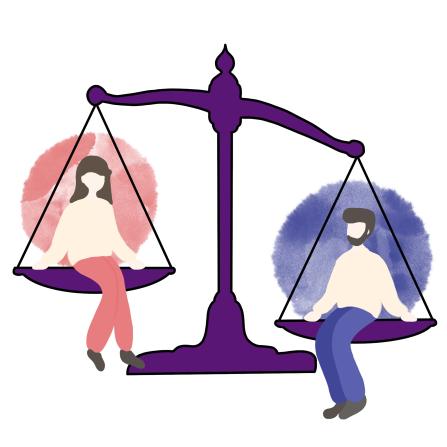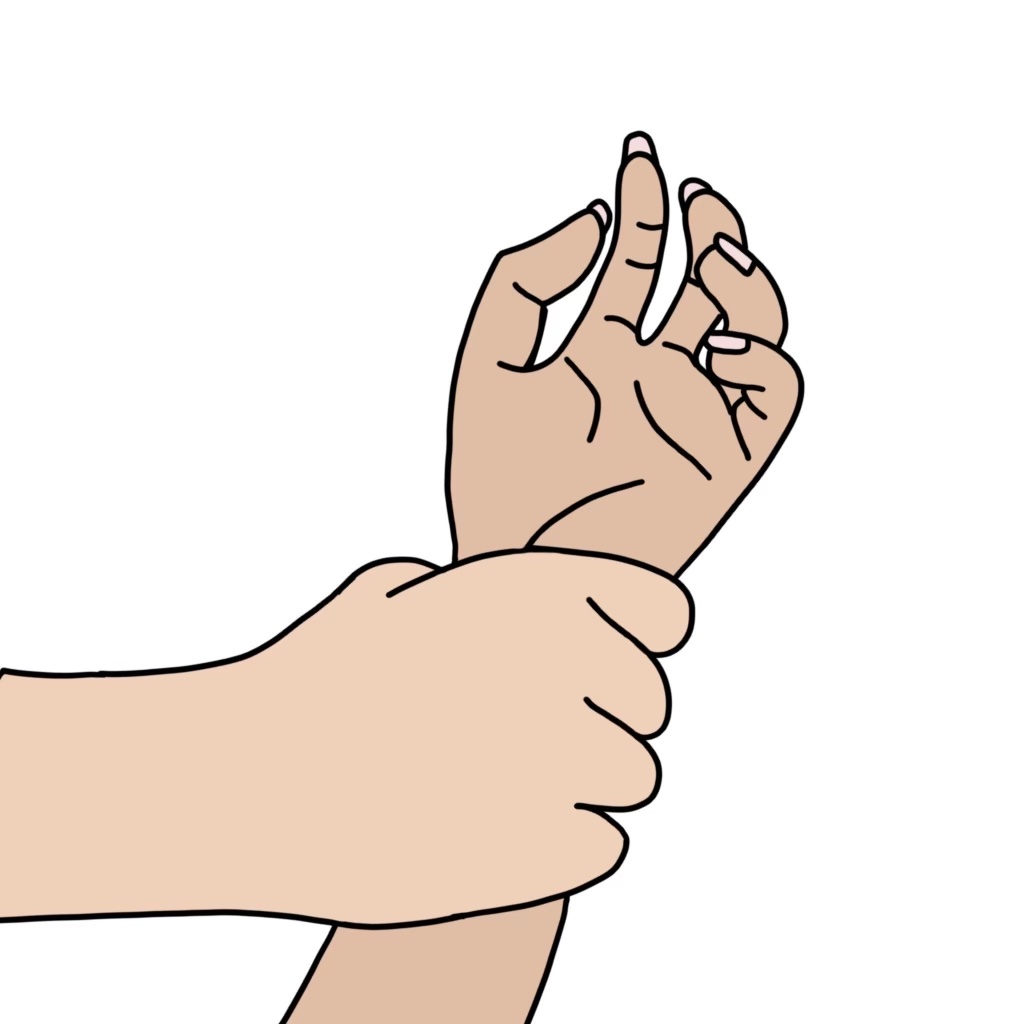Gender equality in the workplace has been a concern since the 19th century. Since then, the number of working women has risen astronomical amounts. However, this change is not exclusively positive; with the idea of a male “sole provider” becoming more and more obsolete, the male presence in the workplace has diminished significantly. Since 2010, the number of women on payroll has surpassed that of men (Wall Street Journal). Through the number of men working in industries and, more specifically, education, the declining presence of men in the workplace is visible.
Prior to the 19th century, men were the only people in the workplace, yet this imbalance has drastically changed. While women have been pushing for equal rights and joining the workforce, the number of men considered to be in prime working age from 25-45 have been declining since the 60s (NPR). With the number of women on payroll being higher than that of men since 2010, there has been a lack of motivation to keep working for male workers. HEAL (health, education, administration, and literacy) had once been a male dominated area; now, the opposite now rests true. Due to this, there have been feeble attempts at encouraging men to keep working. However, not much has been done as men nowadays earn less than most men in 1979 (with inflation taken into account). Additionally, most men that are not working – whether teenagers or those in the prime working age – are not aware of this issue (NPR). These issues could stem from the education system, but not for the reasons one might think.
Education has had a major impact on the number of men in the workplace. Decades ago, teaching had been a male dominated profession; now only 1 in 10 high school teachers are male, partly due to the fact that it’s seen as a low reward profession (The Atlantic). This decline dates back to the 20th century, when in 1980, 40% of teachers were male; since then, the number has only gone down. Not seeing any men in the workplace while growing up contributes to the lack of motivation for males joining the workforce as well. Without anyone to relate to or consult, many men find it difficult to visualize their future in the workplace (NPR), especially when high schools rarely take the time and effort to display working men. The number of men in the workforce has visibly declined tremendously in the past few decades due to the lack of motivation and education. Books like Richard Reeves’s Of Boys and Men have tried to tackle and bring awareness to this issue, however little has been done to resolve it. Men are struggling to find their place in the workplace, and the numbers of employed men in the prime working age needs to rise; if not, as the numbers keep going down, the presence of male workers will be non-existent.
Sources:
Hsu, Andrea. “Men Are Struggling. A New Book Explores Why and What to Do about It.” NPR, 4 Nov. 2022, https://www.npr.org/2022/11/04/1133586707/boys-men-labor-force-jobs- gender-gap-workforce.
Wong, Alia. “The U.S. Teaching Population Is Getting Bigger, and More Female.” The Atlantic, 20 Feb. 2019, https://www.theatlantic.com/education/archive/2019/02/the-explosion-of -women-teachers/582622/.
Omeokwe, Amara. “Women Overtake Men as Majority of U.S. Workforce.” Wall Street Journal, 10 Jan. 2020, https://www.wsj.com/articles/women-overtake-men-as-majority-of-u-s- workforce-11578670615.
Written by Joyce Rizko
Edited by: Brian Yu and Annie Zhu

 Amazon's Worker's Rights (or lack of them)
Amazon's Worker's Rights (or lack of them)